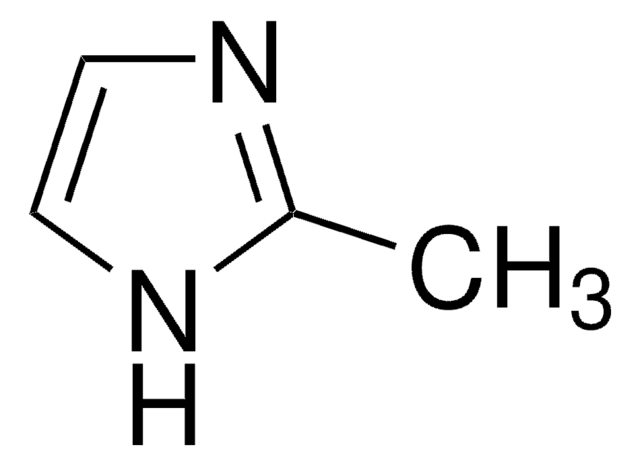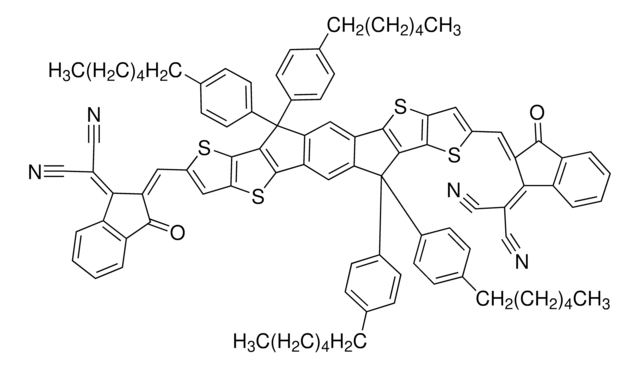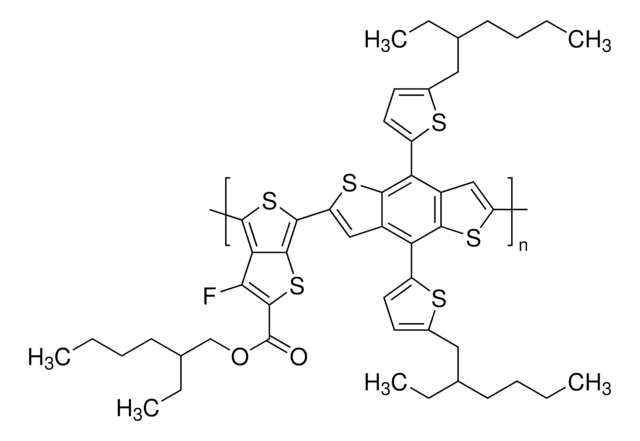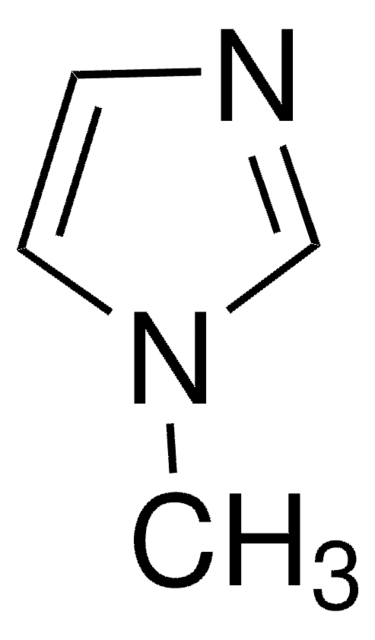935719
Cobalt(II) nitrate hexahydrate
≥99.9% trace metals basis
Synonym(s):
Cobalt Nitrate Hexahydrate, Cobalt dinitrate hexahydrate, Cobaltous nitrate, Cobaltous nitrate hexahydrate, Nitric acid, cobalt(II) salt
About This Item
Recommended Products
Quality Level
Assay
≥99.9% trace metals basis
form
powder, crystals or granules (Chunks)
greener alternative product characteristics
Design for Energy Efficiency
Learn more about the Principles of Green Chemistry.
sustainability
Greener Alternative Product
color
faint red to very dark red
mp
55 °C (lit.)
solubility
soluble, clear to slightly hazy
greener alternative category
SMILES string
O.O.O.O.O.O.[Co++].[O-][N+]([O-])=O.[O-][N+]([O-])=O
InChI
1S/Co.2NO3.6H2O/c;2*2-1(3)4;;;;;;/h;;;6*1H2/q+2;2*-1;;;;;;
InChI key
QGUAJWGNOXCYJF-UHFFFAOYSA-N
Looking for similar products? Visit Product Comparison Guide
General description
Application
It has also been used as a primary precursor material in the synthesis of Co3O4 nanocrystals in various shapes such as nanosheets, nanocubes, and nanobelts as a catalyst for methane combustion.
Furthermore, the reaction of Cobalt(II) nitrate hexahydrate with Nickel(II) nitrate hexahydrate produces Nickel-cobalt layered double hydroxide nanosheets in presence of methanol and CTAB, which is used as a high-performance electrocatalyst for oxygen evolution.
In addition, Cobalt(II) nitrate hexahydrate precursor powder is calcined to produce Co3O4 nanotubes using the template synthesis method. The Co3O4 nano-tubes, nanorods, and nanoparticles that have been created are used in gas sensing systems and as anode materials for Li-ion batteries
Cobalt hydroxide and layered double hydroxides (CH@LDH) have been synthesized using Cobalt(II)nitrate hexahydrate as a sulfur host for lithium–sulfur batteries.
It is well studied that, Cobalt(II) nitrate hexahydrate is used as a heterogeneous catalyst Co/SiO2 with Silica support, for Fischer−Tropsch Synthesis.
Cobalt(II) Nitrate Hexahydrate is also used as a catalyst for the synthesis of 5-Carboxanilide-dihydropyrimidinone derivatives by the condensation reaction of acetoacetanilide, aldehyde and urea/thiourea.
Signal Word
Danger
Hazard Statements
Precautionary Statements
Hazard Classifications
Acute Tox. 4 Oral - Aquatic Acute 1 - Aquatic Chronic 1 - Carc. 1B Inhalation - Eye Dam. 1 - Muta. 2 - Ox. Sol. 2 - Repr. 1B - Resp. Sens. 1 - Skin Sens. 1 - STOT RE 2 Inhalation
Target Organs
Lungs
Storage Class Code
5.1B - Oxidizing hazardous materials
WGK
WGK 3
Flash Point(F)
Not applicable
Flash Point(C)
Not applicable
Choose from one of the most recent versions:
Certificates of Analysis (COA)
Sorry, we don't have COAs for this product available online at this time.
If you need assistance, please contact Customer Support.
Already Own This Product?
Find documentation for the products that you have recently purchased in the Document Library.
Our team of scientists has experience in all areas of research including Life Science, Material Science, Chemical Synthesis, Chromatography, Analytical and many others.
Contact Technical Service













